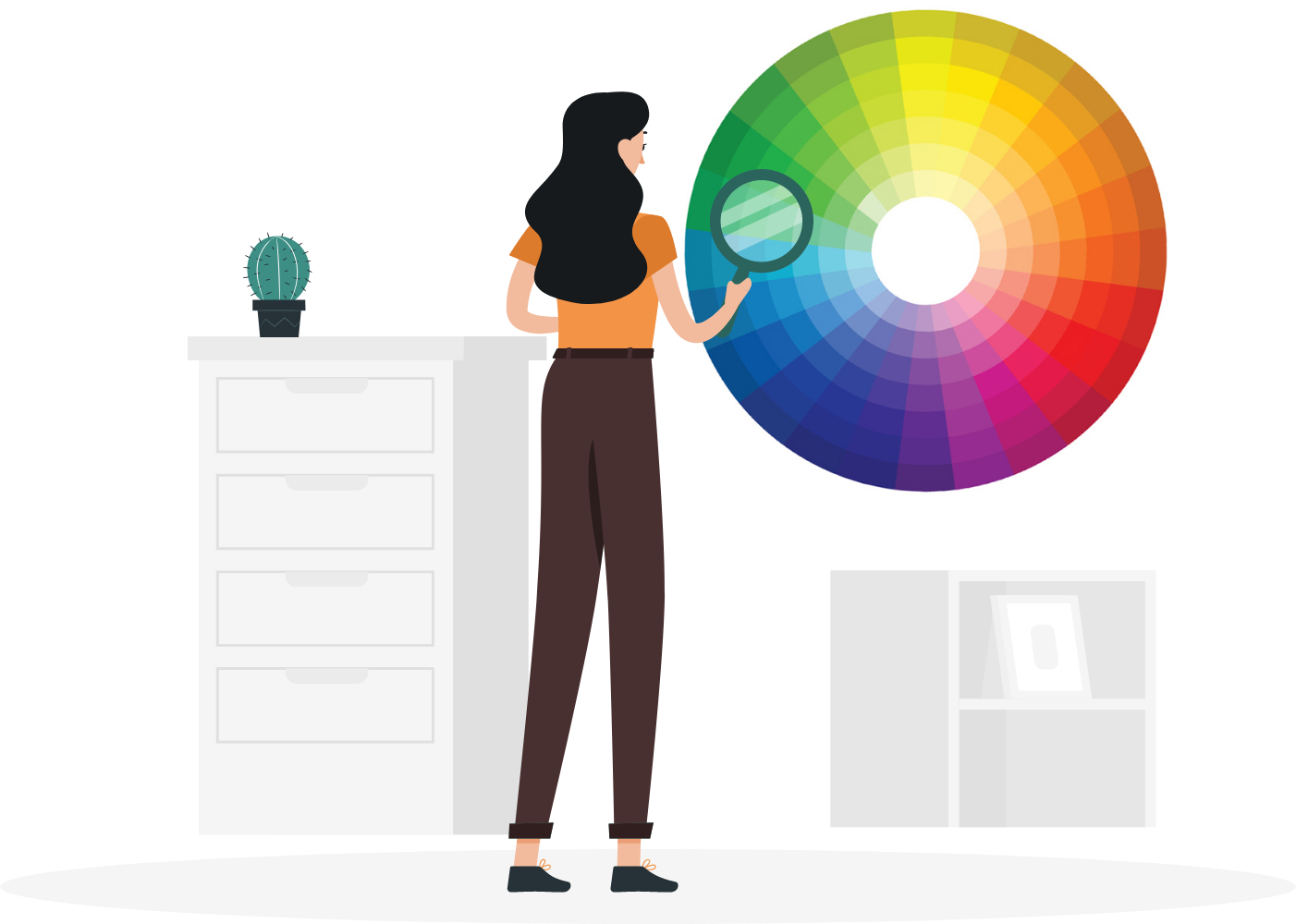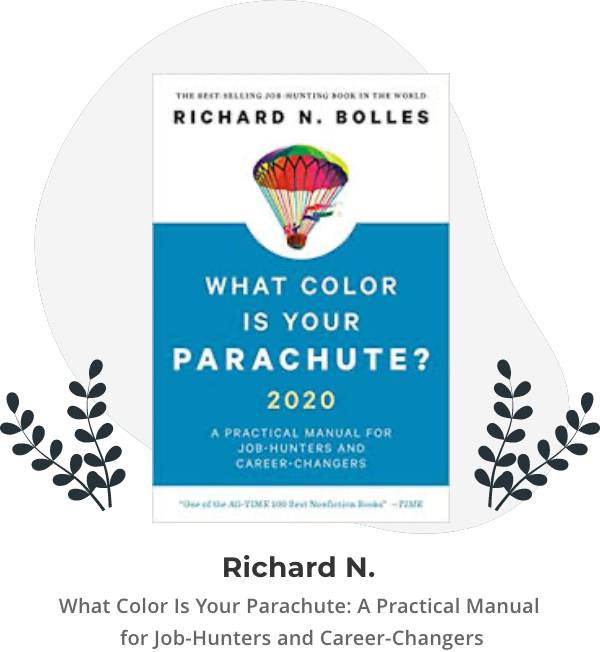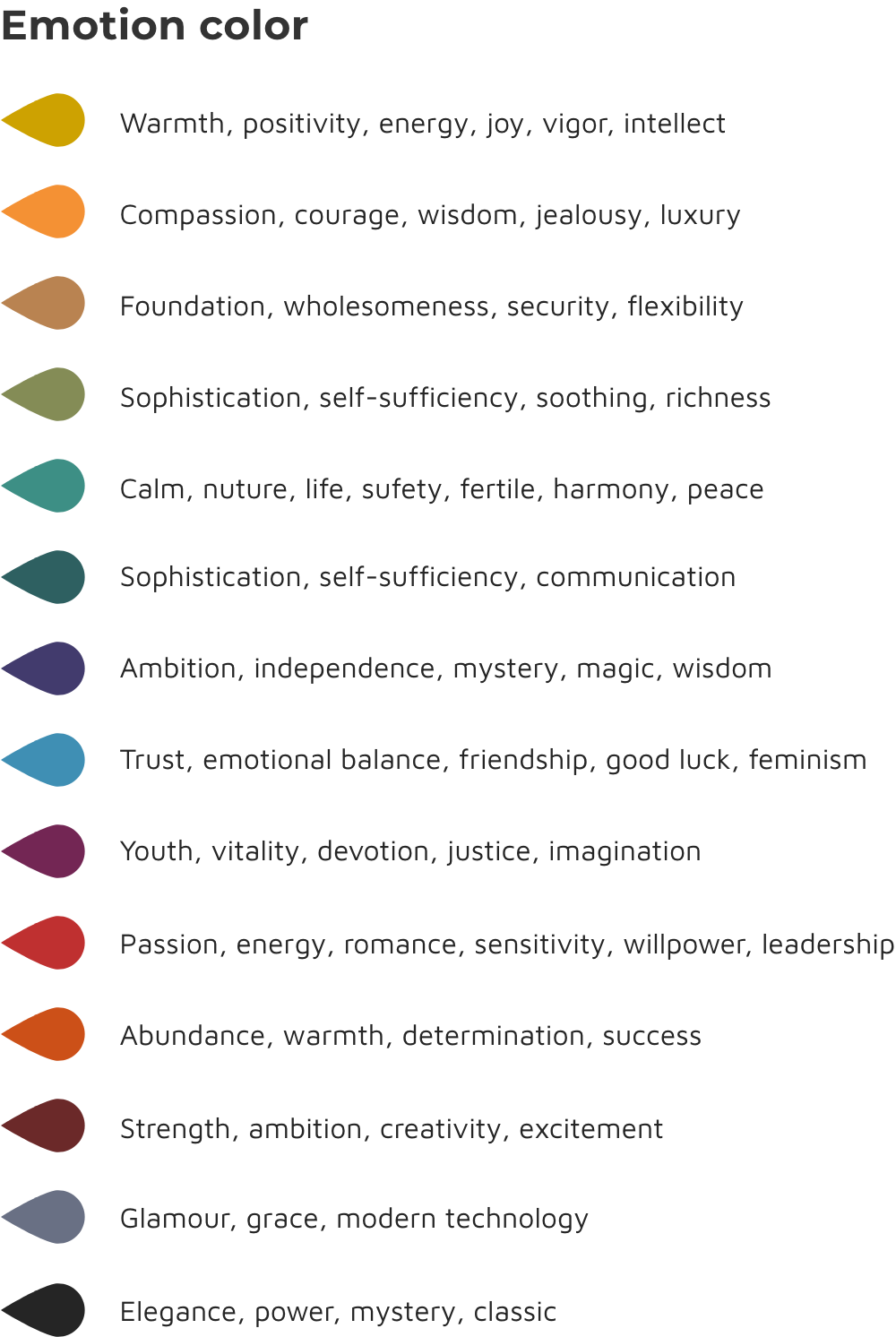What are the Best Colors for Your Resume
Traditionally, resumes are black and white. However, can you add a dash of color here and there to make a recruiter’s experience more pleasurable and your candidacy more visible? The answer depends on the industry and vacancy. Read our article to know whether you can use maroon or teal on your resume and make your competitors green with envy until they are blue in the face.
Traditionally, resumes are black and white. However, can you add a dash of color here and there to make a recruiter’s experience more pleasurable and your candidacy more visible? The answer depends on the industry and vacancy. Read our article to know whether you can use maroon or teal on your resume and make your competitors green with envy until they are blue in the face.

If you’re in the middle of a job hunt, you are probably aware of the job market’s competitiveness. According to career counselor Richard N. Bolles in his book What Color Is Your Parachute: A Practical Manual for Job-Hunters and Career-Changers, each vacancy can receive 100 to 250 resumes. Yet, only 5.4 candidates get an interview invitation. Reducing a stack of resumes from two hundred to 5.4 requires eliminating lots of applicants. What can you do to avoid elimination? You can increase the likeability of your resume.

How can you catch the scrutinizing eye of a recruiter? You must make sure that you can pass all levels of scrutiny. The visual and aesthetic level comes first. When a recruiter glances at your resume, before their eyes discern the letters and grasp the meaning of the words, the brain gets its first layer of information based on the overall visual presentation, including the layout, fonts, and colors.
Is it true that if your resume uses red, you are perceived as passionate and active, whereas blue gives an impression of a level-headed, calm, and reserved individual? Can the color of your resume affect the odds of you landing a job? Is it possible to choose such an unfortunate color combination for your resume that it cancels out all your impressive skills and accomplishments? Let’s try to answer these questions and more in our material for colors in resumes and cover letters.

Should You Use Color On Your Resume? Context
There is no universal answer as to whether resumes should have color. Everything depends on the industry, the particular company’s culture, and the vacancy.
Some industries are more conservative than others and do not welcome such frivolities as resumes with color. If you’re applying for a vacancy in finance or law, opt for a black and white color scheme. Any attempt to make your visual presentation more ‘vivid’ can mark your candidacy as too immature and unreliable, which can ultimately hamper your job search. When looking for a governmental job, keep your resume black and white also.
Contrastingly, high tech, marketing, media, and design rarely frown upon the use of color on a resume. That is where strategic splashes of color can genuinely help your application stand out from other applicants. Startups, in particular, are very liberal in terms of appearance and visual representations.
The age of recruiters and hiring managers also plays a role. It looks like older generations are less enthusiastic about colors on application documents because usually, they come together with other ‘frivolities.’ As Wall Street Journal aptly remarks,
And who has started that fade? Gen-Z. According to Bloomberg, Young people born after 1997 are part of a new generation believed to be more independent and more upbeat than Millennials. Gen-Z wants to show that they care – and often add retouched photographs and colorful graphs to their resumes. Many representatives of Generation X (born between 1965-1980) and Millennials (born between 1981 and 1996) don’t understand such attempts to create a modern feel in a work environment and view it as self-defeating.
Not all job seekers go through the trouble to find a recruiter’s name, let alone determine what generation they can be classified. That is why your safe bet is to dial down any flare you intended to put on your application documents and play it safely.
Does it mean that colorful resumes are a big no-no? Only if it’s for law, finance, banking, or any other conservative job sector. For other industries follow the rules of moderation, hierarchy, and contrast.
Color Theory
Given the functionality of application documents, a resume and a cover letter must be readable at all times. To add color without compromising readability, you need to know two color theory principles: contrast and hierarchy.
High contrast between the background and the letters makes reading easy. Black and white create the highest contrast possible, so it is considered one of the best color schemes to use on a resume. You can choose a pale background and intensive dark lettering. Just keep in mind that your resume may be printed in black and white, so don’t use pale on pale.
Visual hierarchy arranges elements in the order of importance and leads the reader’s eye through the page. The most dominant color helps the recruiter see what they should read first. Secondary colors, or accents, help organize content on the page. You can use them to highlight subsections, portfolio links, etc.
You have probably read about color psychology in popular media. Green is associated with nature, growth, and development; purple is a royal color and lends feelings of luxury and a good life; yellow is the color of sunshine and typically communicates a happy and easygoing mood. But can we use this information in our resumes?
You will most likely use a white background and one color for subheadings not to compromise readability. Can such moderate use of color shape you as a passionate or easy-going person? Probably not. So use any color or color combination that you deem aesthetically pleasing.
Things to Keep in Mind Besides Color
At this point, if you are starting to suspect it doesn’t really matter what colors you use, your suspicion is correct. The fact is that there are too many variables to expect resume colors to either propel or disqualify your candidacy in the job hunt. If you create your resume and cover letter correctly, adding adequate amounts of green, blue, or burgundy to your document will not drop you out of the job-hunting game. Let’s briefly remember the rules of resume formatting.
- Use White Space. Having plenty of white space in your resume makes it easy to read and pleasant to look at. Don’t overcrowd text on the page. Use line space between paragraphs. If you want to pack a lot of information on one page, don’t tweak the margins more than 1 inch on all sides. Align the text on the left, leaving ‘rags’ on the right. It gives ‘air’ to your document.
- Choose Readable Fonts. Font size 11 to 12 is considered optimal. Finer fonts are difficult to read. Larger fonts look like in a children’s book. The most common fonts are Arial and Times New Roman. If you want something else, pick from these: Garamond, Verdana, Calibri, Helvetica, Tahoma, Corbel, or Baskerville.
- The layout is important. Use a layout that accents your strengths. If you are entry-level but have outstanding education, start your resume with the Education section. If you have a career gap, placing a Skills section at the top will lead the recruiter’s attention to your strongest side.
- Lack of Thought. Your resume demonstrates a lack of thought if you forget about the reader. Having too many bullet points per place of employment is a lack of thought. Limit each job to 5-7 bullet points to make it easier to skim through the text. Instead of merely listing your job responsibilities, describe them through your achievements and by using specific examples.
What do Recruiters Say? Yay or Nay to Colors on a Resume?
Our career expert Svitlana Harkusha shares her thoughts on the subject:
“From my experience, I can’t say that using color on a resume radically increases a candidate’s chance to land an interview unless we’re talking about graphic designers.
I have worked with many clients, and large organizations are indeed somewhat old-fashioned and stodgy in terms of appearances. Smaller and mid-size companies can appreciate creative approaches but only to a certain extent.
In truth, if I see that a candidate is a perfect fit, but something about their resume may be confusing to the client, I may ask him or her to prepare a different version. For example, a candidate once sent a resume in garish green and orange colors with infographics for a banking position. I asked them to prepare a more minimalist application.
But it is quite rare to lose a job opportunity because your resume’s formatting was not to the employer’s taste.
On the other hand, you never know who will read your resume— a fast-paced recruiting agency or a large-scale company with a stack of resumes for each job posting won’t have time to ask job seekers to redo their presentations and applications.
My recommendation, without knowing the specific context, would be to advise against using color. Or at least keep it minimal – just emerald or gold in headings, and that’s it.”
Should Resumes Have Color? Closing Thoughts
As you can see, when deciding on colors for your resume, you should always rely on your better judgment and familiarity with the context. If you know that the company appreciates individuality and creative approaches, go for it. However, if you are not confident that splashes of color on your resume will get a warm reception, go with the safe black and white variant.
Although you never fully know what is attractive to another person, you can just stick to the rules and be on the safe side in such an exhaustive process as a job search.

